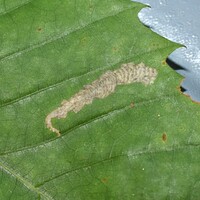
| Recorded by: Jeff Niznik, David George on 2024-08-06
Transylvania Co.
Comment: | 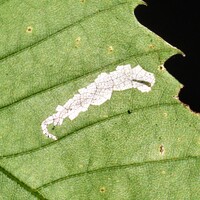
| Recorded by: Jeff Niznik, David George on 2024-08-06
Transylvania Co.
Comment: |
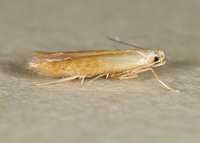
| Recorded by: Jim Petranka on 2023-03-21
Rutherford Co.
Comment: Adult was reared from a mine on Chestnut Oak; mine on 21 Oct., 2022; adult on 21 March, 2023 after overwintering in refrigeration. | 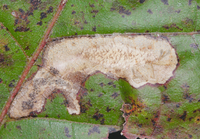
| Recorded by: Jim Petranka on 2022-10-24
McDowell Co.
Comment: |
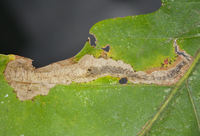
| Recorded by: Jim Petranka on 2022-10-21
Rutherford Co.
Comment: Adult was reared from a mine on Chestnut Oak; mine on 21 Oct., 2022; adult on 21 March, 2023 after overwintering in refrigeration. | 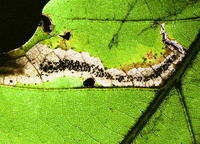
| Recorded by: Jim Petranka on 2022-10-21
Rutherford Co.
Comment: Adult was reared from a mine on Chestnut Oak; mine on 21 Oct., 2022; adult on 21 March, 2023 after overwintering in refrigeration. |
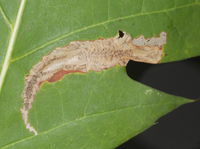
| Recorded by: Jim Petranka and Becky Elkin on 2022-10-06
Burke Co.
Comment: | 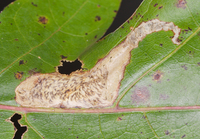
| Recorded by: Jim Petranka and Becky Elkin on 2022-10-04
Transylvania Co.
Comment: |
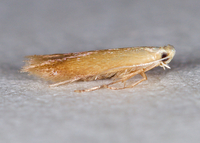
| Recorded by: Jim Petranka on 2022-07-17
Buncombe Co.
Comment: An adult that was reared from a mine on American Chestnut; mine on June 23; adult emerged on July 17 (see companion photo of the mine). | 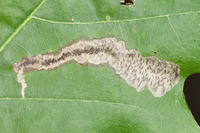
| Recorded by: Jim Petranka on 2022-07-15
Henderson Co.
Comment: Unoccupied mine was on Northern Red Oak. |
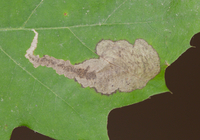
| Recorded by: Jim Petranka on 2022-07-08
Buncombe Co.
Comment: Occupied mine was on Northern Red Oak. | 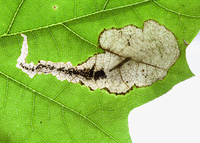
| Recorded by: Jim Petranka on 2022-07-08
Buncombe Co.
Comment: A backlit image of an occupied mine on Northern Red Oak. |
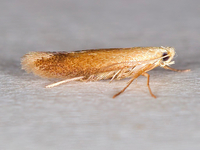
| Recorded by: Jim Petranka on 2022-07-07
Madison Co.
Comment: An adult that was reared from White Oak (see companion photo fo the mine from 2022-06-20). | 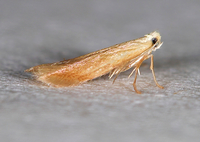
| Recorded by: Jim Petranka on 2022-06-29
Buncombe Co.
Comment: An adult that was reared from a mine on Northern Red Oak (see companion photo); mine on June 23; adult emerged on June 29, 2022 |
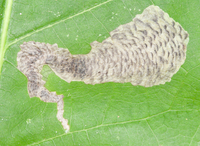
| Recorded by: Jim Petranka on 2022-06-23
Buncombe Co.
Comment: A mine on Northern Red Oak. | 
| Recorded by: Jim Petranka on 2022-06-23
Buncombe Co.
Comment: A mine on Northern Red Oak (backlit). |
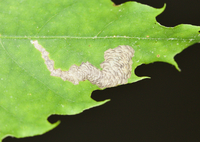
| Recorded by: Jim Petranka on 2022-06-23
Buncombe Co.
Comment: An occupied on American Chestnut (see companion photo of the adult that emerged on 2022-07-17). | 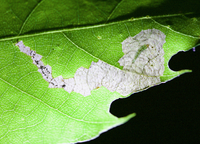
| Recorded by: Jim Petranka on 2022-06-23
Buncombe Co.
Comment: |
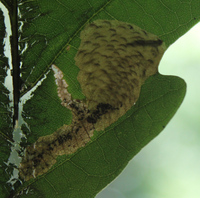
| Recorded by: Vin Stanton on 2022-06-22
Buncombe Co.
Comment: | 
| Recorded by: Jim Petranka on 2022-06-20
Madison Co.
Comment: An occupied mine on a White Oak seedling. |
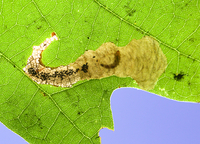
| Recorded by: Jim Petranka on 2022-06-20
Madison Co.
Comment: A backlit image of an occupied mine on a White Oak seedling (see companion photo of the adult that emerged on 2022-07-07).. | 
| Recorded by: Jim Petranka on 2022-06-12
Madison Co.
Comment: |
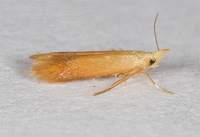
| Recorded by: Jim Petranka and Becky Elkin on 2022-03-19
Madison Co.
Comment: Adult reared from mine on American Chestnut; mine on Sept 18, 2021; adult emerged on March 19, 2022 after overwintering in refrigerator. | 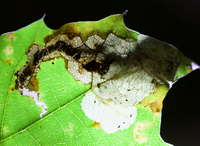
| Recorded by: Jim Petranka and Becky Elkin on 2021-10-14
McDowell Co.
Comment: |
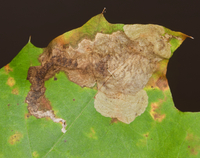
| Recorded by: Jim Petranka and Becky Elkin on 2021-10-14
McDowell Co.
Comment: | 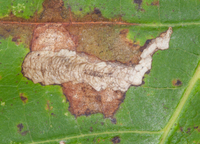
| Recorded by: Jim Petranka on 2021-10-10
Buncombe Co.
Comment: Occupied mines were on Northern Red Oak. |
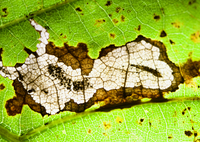
| Recorded by: Jim Petranka on 2021-10-10
Buncombe Co.
Comment: A backlit image of an occupied mine on Northern Red Oak. | 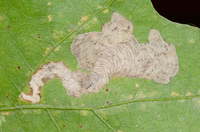
| Recorded by: Jim Petranka, John Petranka, Becky Elkin, Sally Gewalt on 2021-09-29
Durham Co.
Comment: An occupied mine on White Oak. |
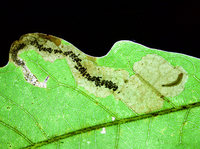
| Recorded by: Jim Petranka, John Petranka, Becky Elkin, Sally Gewalt on 2021-09-29
Durham Co.
Comment: A backlit image of an occupied mine on White Oak. | 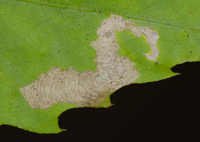
| Recorded by: Jim Petranka and Becky Elkin on 2021-09-18
Madison Co.
Comment: |
|

 »
»

























